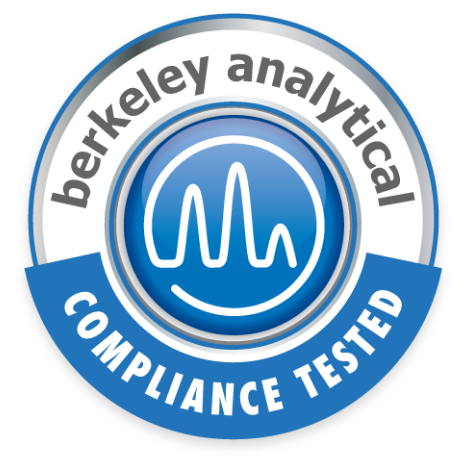Berkeley Analytical Tests Vinyl Flooring Samples for Ortho-phthalates Targeted by Safer Products for Washington Law
About the Washington State law affecting vinyl flooring products and what manufacturers are asked to do.
In early 2019, Washington State passed senate bill 5135, the pollution Prevention for Healthy People and Puget Sound Act. The Governor signed the legislation in May 2019. The law regulates toxic chemicals in certain consumer products sold in Washington State and prioritizes five chemical classes – PFAS, organo-halogen flame retardants, phthalate esters, alkylphenol ethoxylates plus bisphenols, and PCBs. The Department of Ecology implements the law through a program entitled “Safer Products for Washington.”
In July 2020, the Dept. of Ecology published a report “Priority Consumer Products, Safer Products for Washington Implementation Phase 2” in which they identified vinyl flooring containing phthalates as a priority product. The flooring industry provided feedback during public comment on the report stating that they no longer use ortho-phthalates in vinyl flooring and they requested removal of vinyl flooring as a priority product. The Department cited literature showing historical use of these phthalates in vinyl flooring and initiated an investigation. Under the law, the Dept. of Ecology has the authority to require manufacturers to provide data on how they use priority chemicals in priority products. In December 2020, they issued an order for vinyl flooring manufacturers to provide data on their use of the phthalate esters of concern shown in the following table.
Safer Products for Washington: Ortho-phthalates known to be used in resilient flooring
| Phthalate, chemical formula, abbreviation | CAS # | |
| Dibutyl Phthalate (C16H22O4, DBP) | 84-74-2 | |
| Diisobutyl phthalate (C16H22O4, DIBP) | 84-69-5 | |
| Di-n-pentyl phthalate (C18H26O4, DPENP) | 131-18-0 | |
| Di-n-hexyl phthalate (C20H30O4, DHEXP) | 84-75-3 | |
| Dicyclohexyl phthalate (C20H26O4, DCHP) | 84-61-7 | |
| Di(2-ethylhexyl) phthalate (C24H38O4, DEHP) | 117-81-7 | |
| Benzyl Butyl Phthalate (C19H20O4, BBP) | 85-68-7 | |
| Diisononyl Phthalate (C26H42O4, DINP) | 28553-12-0 | |
The order asks manufacturers to provide supporting evidence that they do not intentionally add these ortho-phthalates to their products. Acceptable evidence includes product certifications or transparency labels such as HPDs and Declare Labels that have third-party verified. Product testing data is also listed as preferred supporting evidence. The preferred test method is CPSC-CH-C1001-09.4, or equivalent.
Manufacturers are also being asked to: 1) identify any alternate plasticizers that they use, 2) estimate the square yards of vinyl flooring products sold in Washington State in 2019 that do not contain any intentionally added phthalates listed in the table, and 3) state the last month and year that they manufactured products that contained these phthalates.
Testing flooring product samples for phthalate ester content is the best supporting evidence
Berkeley Analytical is ready to assist flooring manufacturers with their responses to the Dept of Ecology’s data request. Our laboratory is known and respected by the Department. Testing of product samples for their content of the eight listed phthalates to show that concentrations are below the threshold limit of 1000 ppm (0.1 percent weight) is the best form of supporting evidence. The scope of our ISO/IEC 17025 accreditation includes the preferred method, CPSC-CH-C1001-09.4, and we routinely use this method to measure phthalate ester concentrations in many types of consumer products, including vinyl flooring. Additionally, we very recently participated in the interlaboratory study for the new ASTM F3414-20, “Standard Test Method for Determining Ortho-Phthalate Concentration in Flooring Containing Polyvinyl Chloride.” This ASTM method is very similar to the CPSC method. When ASTM completes their ILS report, we will be able to offer F3414 as an alternative method.


